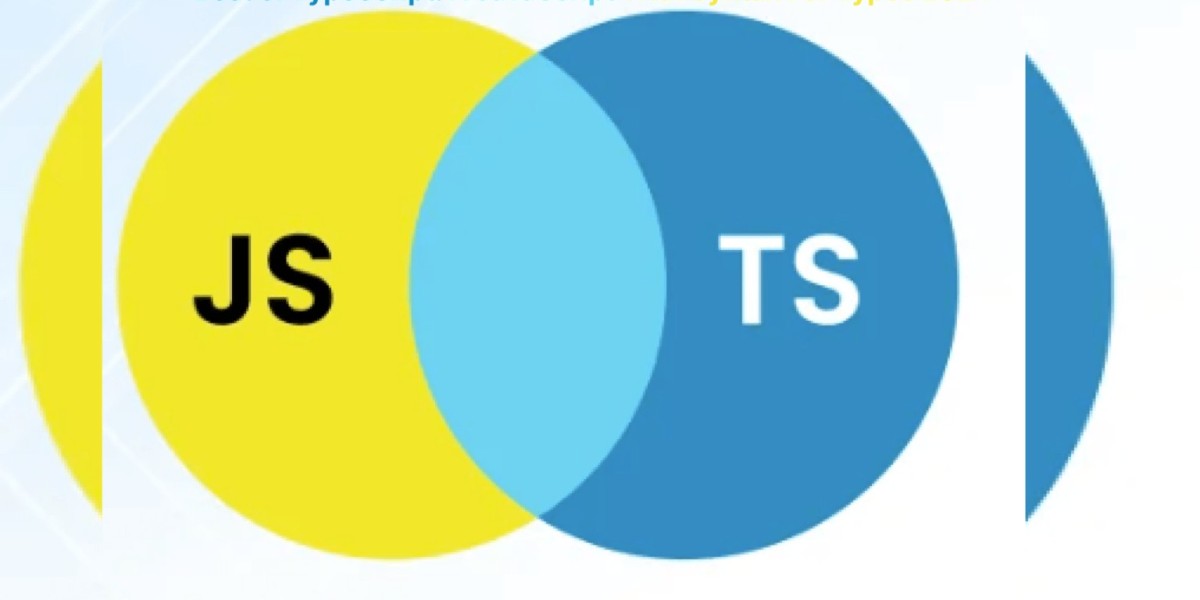TypeScript, a superset of JavaScript, has gained significant popularity in recent years. Its strong typing system, coupled with its compatibility with JavaScript, offers developers a powerful tool for building large-scale, maintainable applications. This comprehensive guide will delve into the key concepts, benefits, and best practices of TypeScript, providing you with a solid foundation to start your TypeScript journey.
Understanding TypeScript
TypeScript extends JavaScript by adding optional static typing. This means you can define the types of variables, functions, and objects, making your code more predictable and easier to understand. While TypeScript is compiled into JavaScript, it provides a richer development experience with features like type inference, interfaces, and generics.
Key Benefits of TypeScript
- Improved Code Quality: Strong typing helps catch errors early in the development process, leading to more robust and reliable code.
- Enhanced Readability: TypeScript code is often more readable due to explicit type annotations, making it easier to understand the intent of the code.
- Better Tooling Support: TypeScript benefits from excellent tooling support, including code completion, type checking, and refactoring capabilities.
- Large-Scale Projects: TypeScript is well-suited for large-scale projects, as it can help manage complexity and improve maintainability.
- Interoperability: TypeScript code can seamlessly interoperate with existing JavaScript code, allowing for a gradual adoption process.
Core Concepts
- Types: TypeScript introduces a variety of types, including:
- Basic Types: Number, string, boolean, null, undefined, symbol, object.
- Complex Types: Arrays, tuples, enums, any, unknown, never.
- Type Inference: TypeScript can often infer types automatically, reducing the need for explicit annotations.
- Interfaces: Interfaces define the contract for an object, specifying its properties and methods.
- Classes: Classes provide a blueprint for creating objects, encapsulating data and behavior.
- Generics: Generics allow you to create reusable components that can work with different data types.
- Modules: TypeScript supports modules for organizing code into reusable units.
Best Practices
- Use Type Annotations Judiciously: While type annotations can improve code readability, overuse can make it cumbersome. Strike a balance between explicit typing and type inference.
- Leverage TypeScript's Features: Take advantage of TypeScript's features like interfaces, classes, and generics to write more organized and maintainable code.
- Use a Linter: A linter can help enforce coding standards, catch potential errors, and improve code quality.
- Write Clear Type Annotations: Use meaningful type names and avoid excessive type aliases.
- Consider TypeScript's Design Patterns: TypeScript offers specific design patterns tailored to its features, such as the Decorator pattern for adding behavior to classes.
- Stay Updated: Keep up with the latest TypeScript releases and best practices to ensure you're using the language effectively.
Getting Started with TypeScript
- Installation: Install TypeScript using npm or yarn:
npm install -g typescript - Create a TypeScript File: Create a new
.tsfile and start writing TypeScript code. - Compile to JavaScript: Use the TypeScript compiler (tsc) to compile your
.tsfiles into.jsfiles. - Use a Build Tool: For larger projects, consider using a build tool like Webpack or Parcel to manage compilation, bundling, and other tasks.
Conclusion
TypeScript offers a powerful and flexible way to write JavaScript code, providing improved type safety, readability, and maintainability. By understanding the core concepts, best practices, and leveraging TypeScript's features, you can build high-quality, scalable applications. As TypeScript continues to evolve, it's becoming an increasingly popular choice for modern web development.








